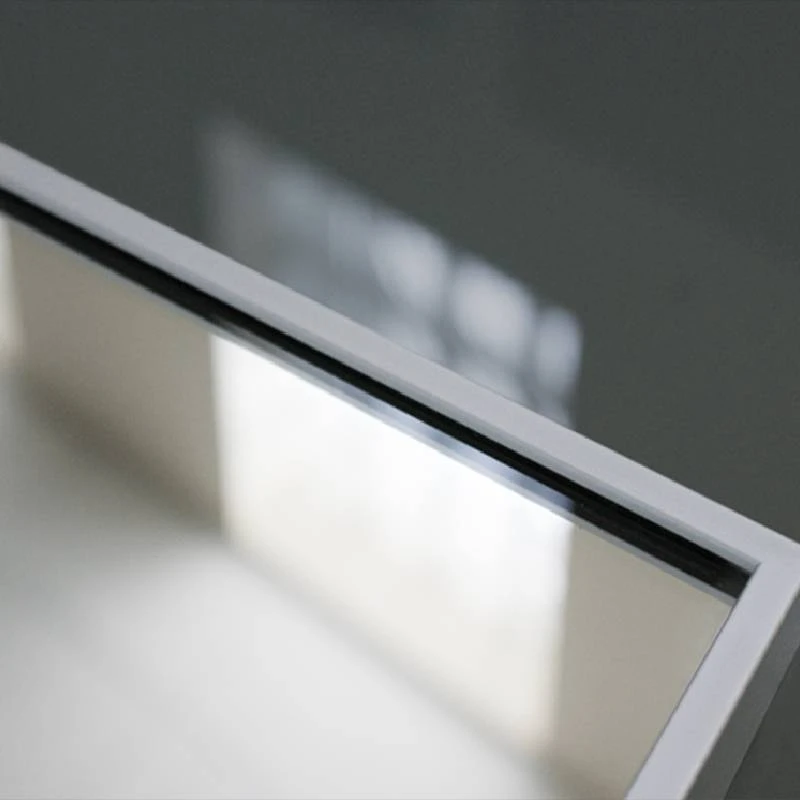

The Transformation of Glass From Clear to Frosted
Glass, a material that has been utilized for centuries, manifests itself through various forms and functions. Among the most fascinating transformations it undergoes is the change from clear to frosted. This shift, while visually striking, is not merely an aesthetic choice; it reflects deeper implications in design, functionality, and society's evolving preferences.
Understanding the Basics of Glass
To appreciate the transition from clear to frosted, one must first understand the basic properties of glass. Clear glass, made primarily from silica, soda ash, and limestone, is valued for its transparency and ability to let light pass through with minimal distortion. This quality makes it an ideal choice for windows, displays, and various architectural elements. However, as society has progressed, the need for privacy and aesthetic variation has prompted innovations in how glass can be modified.
The Frosting Process
Frosted glass is created through two principal methods sandblasting and acid etching. Sandblasting involves shooting fine particles at the surface of the glass to create a rough texture that diffuses light, thereby obscuring visibility while still allowing some light to pass through. Acid etching, on the other hand, employs a chemical solution to achieve a similar effect. Both methods result in a beautiful, translucent finish that maintains the play of light while enhancing privacy.
The transformation from clear to frosted is not just a matter of altering physical properties; it is also a reflection of changing functionality and societal needs. In spaces where privacy is paramount—such as bathrooms, offices, and conference rooms—frosted glass offers a perfect solution. It allows natural light to illuminate a space without compromising the privacy of its occupants. This feature makes frosted glass a popular material in modern architecture and interior design.
Aesthetic Appeal

Beyond its practicality, frosted glass adds a distinct aesthetic element to environments. The soft diffusion of light it provides creates an inviting ambiance, transforming the stark clarity of traditional glass into a more gentle and subdued illumination. Designers appreciate the versatility of frosted glass; it can be utilized in everything from decorative panels and partitions to furniture design, offering both elegance and sophistication.
Moreover, the trend of incorporating frosted glass into architectural design resonates with contemporary values of transparency and openness, while still providing necessary boundaries. Businesses often favor frosted glass in their office designs, as it fosters an atmosphere of collaboration while maintaining an air of professionalism. In homes, it can serve as a stylish barrier between spaces, enhancing openness without sacrificing privacy.
Environmental Considerations
As the world becomes increasingly conscious of environmental issues, the shift towards using frosted glass also opens discussions about sustainability. Manufacturers are now producing glass products with a focus on energy efficiency. Frosted glass can help regulate temperatures within buildings, reducing the reliance on heating and cooling systems. Additionally, the increased use of natural light in spaces fitted with frosted glass can lead to reduced electricity consumption, aligning with eco-friendly practices.
The Cultural Significance
The clear-to-frosted transformation of glass also holds cultural significance. In various cultures, the use of frosted glass is associated with creating sanctuaries — places of calm that allow reflection and contemplation. It can symbolize a boundary between the outside world and a personal retreat, reinforcing the idea that while we live in a transparent society, there is still a need for privacy and solitude.
Conclusion
The journey from clear to frosted glass encapsulates more than just a physical alteration; it embodies functional evolution, aesthetic expression, and cultural significance. As we navigate the delicate balance between transparency and privacy in our lives, frosted glass stands as a testament to the innovative spirit of design. Whether in homes, offices, or public spaces, this transformation reflects our ability to adapt materials to meet changing needs while enhancing the beauty of our environments. From its practical benefits to its stylistic allure, frosted glass is a perfect example of how something as simple as glass can profoundly impact our lives.